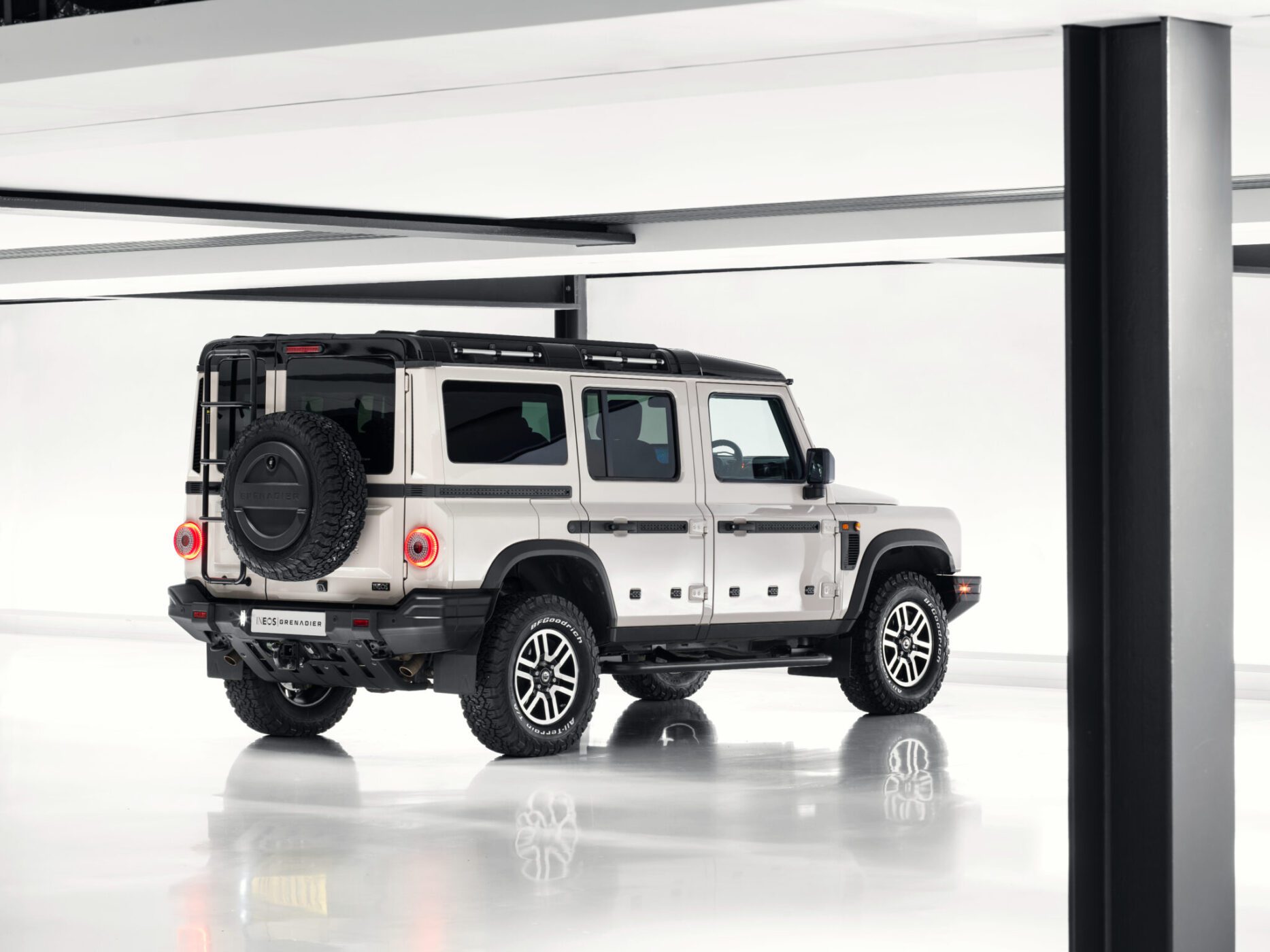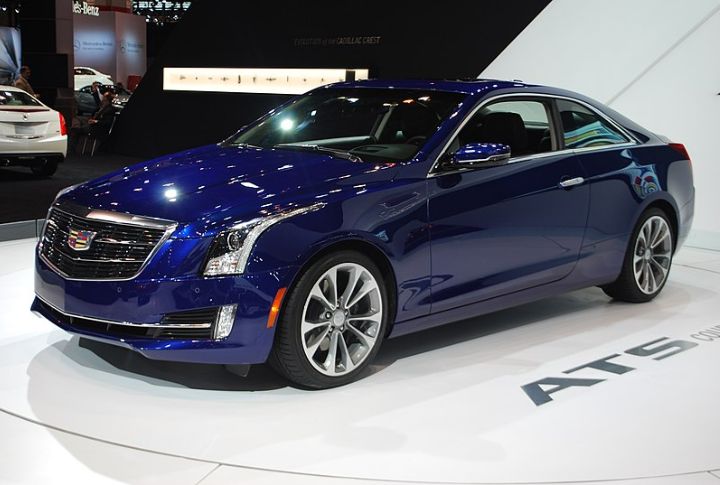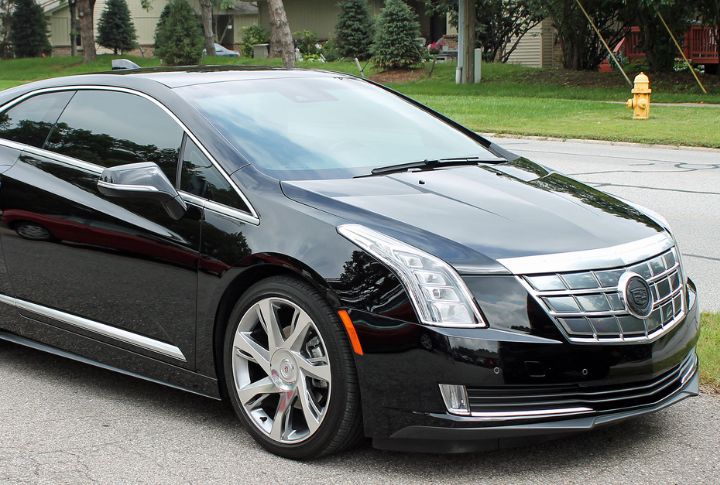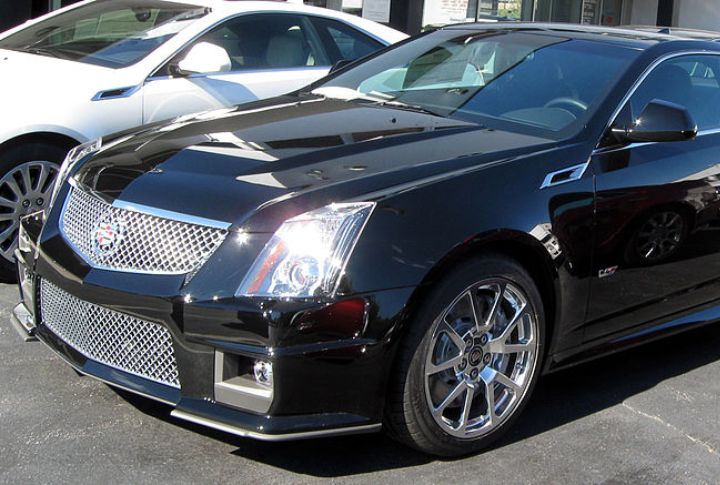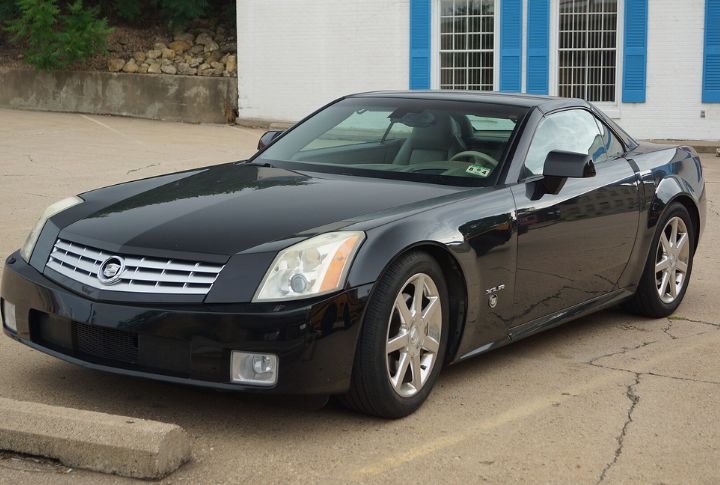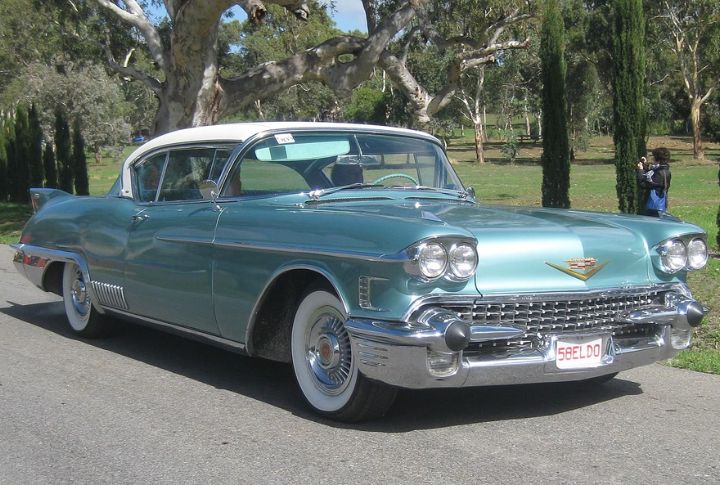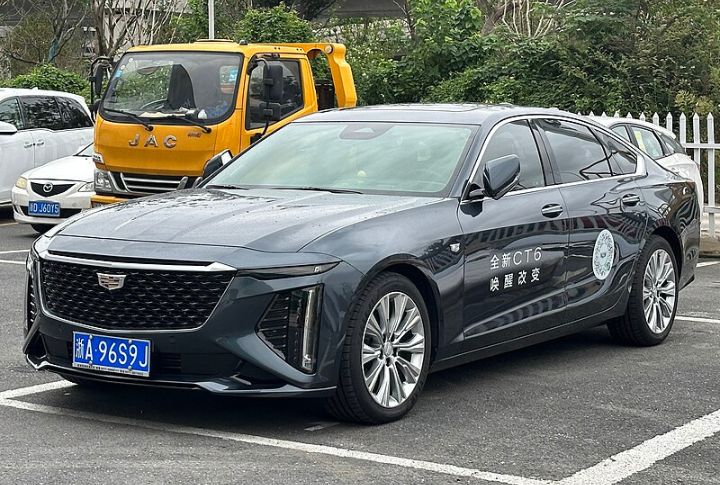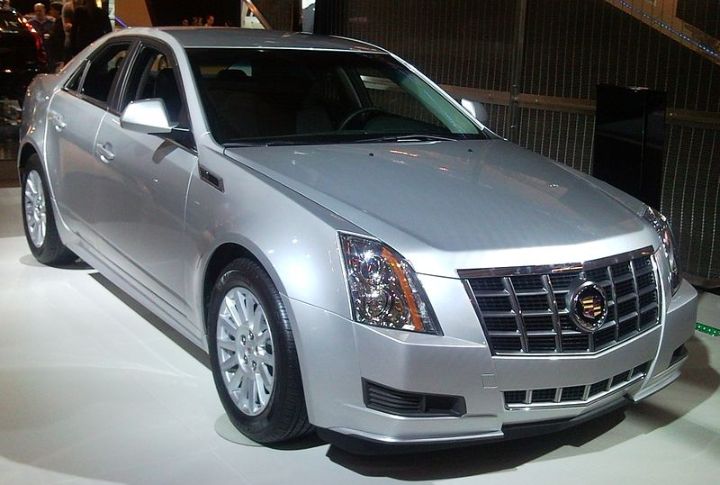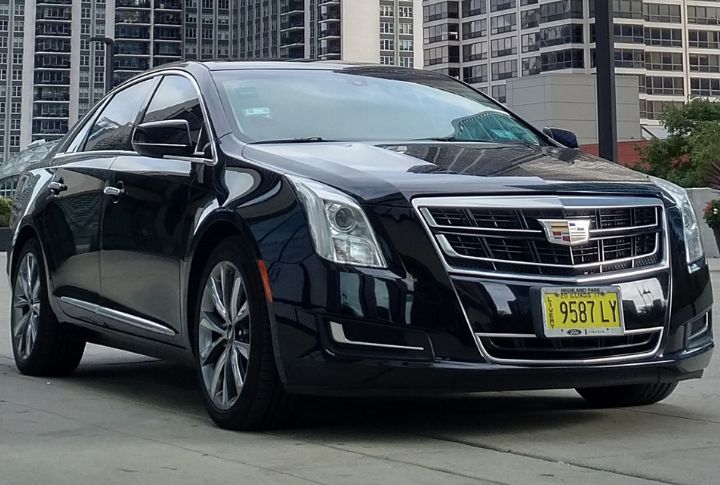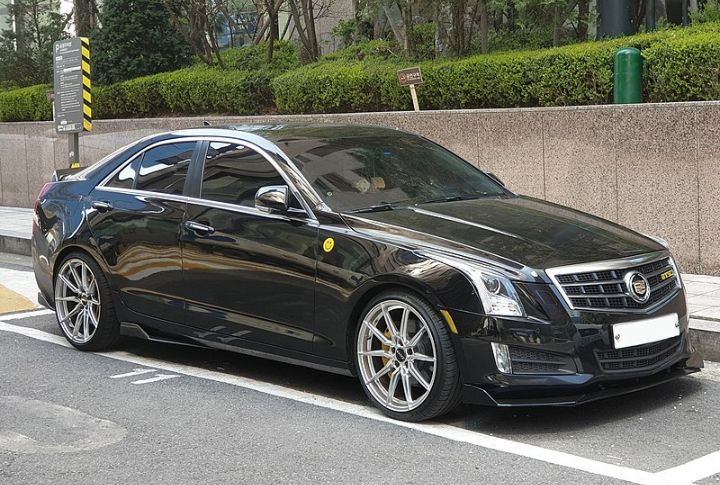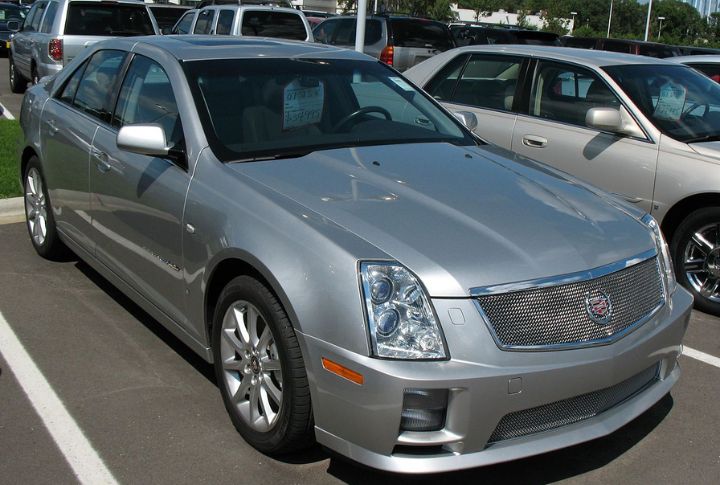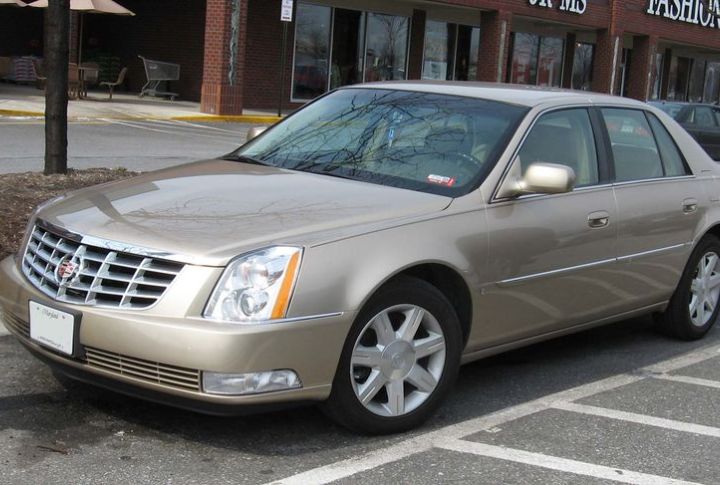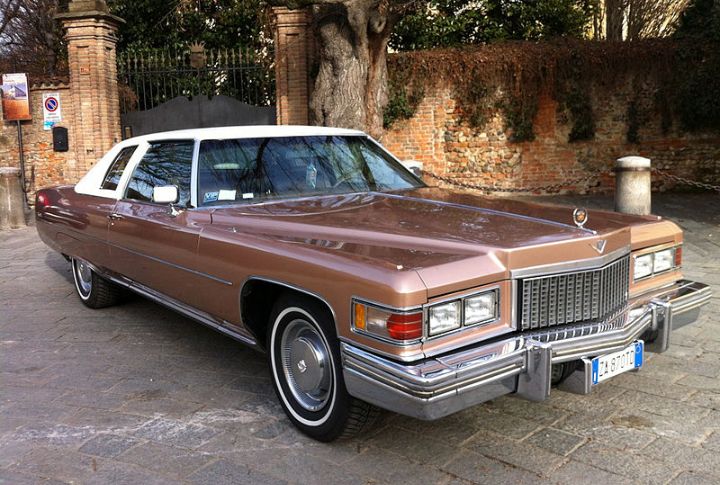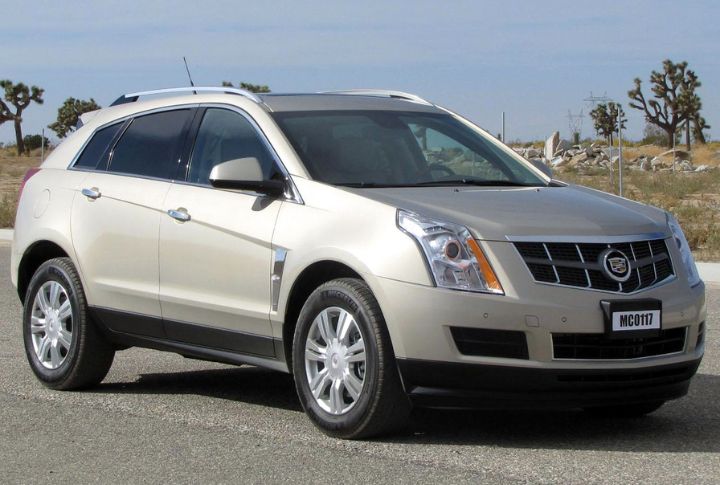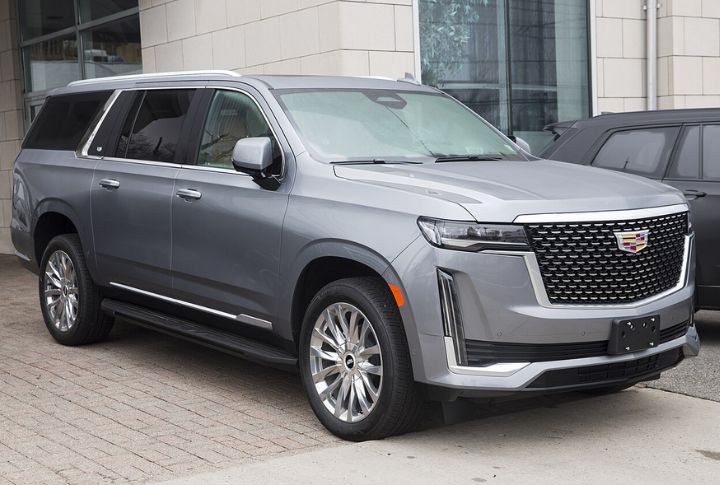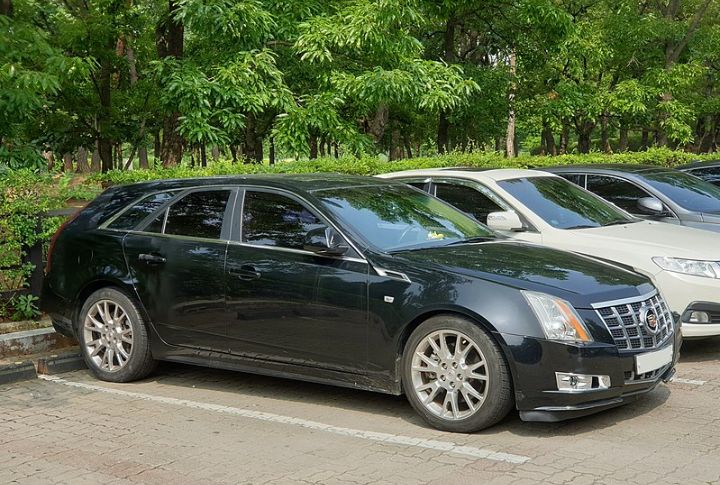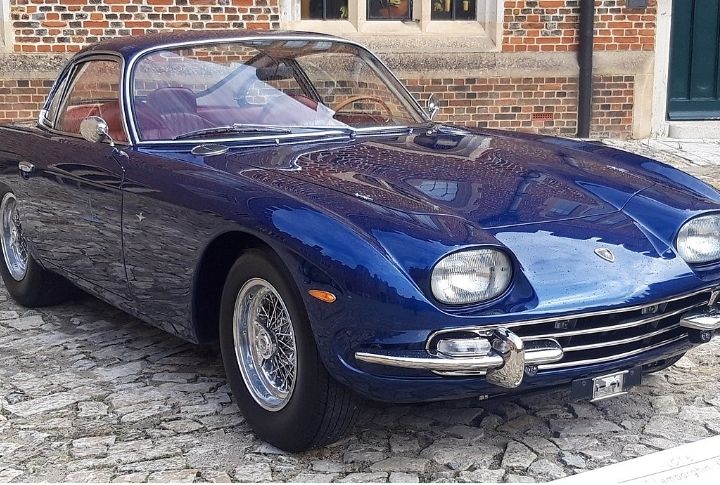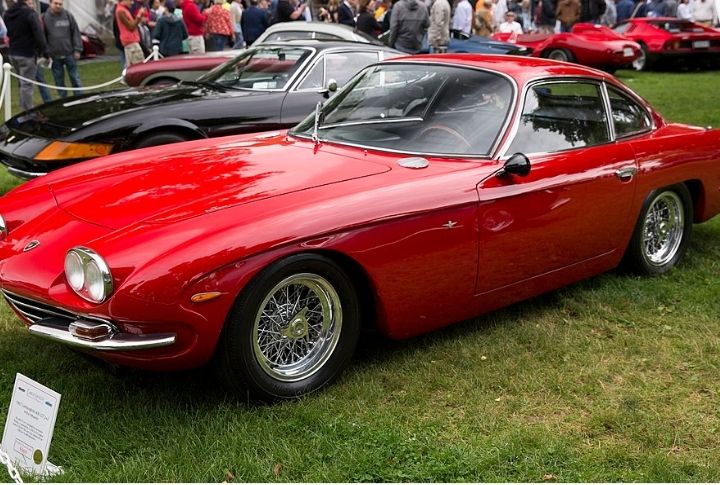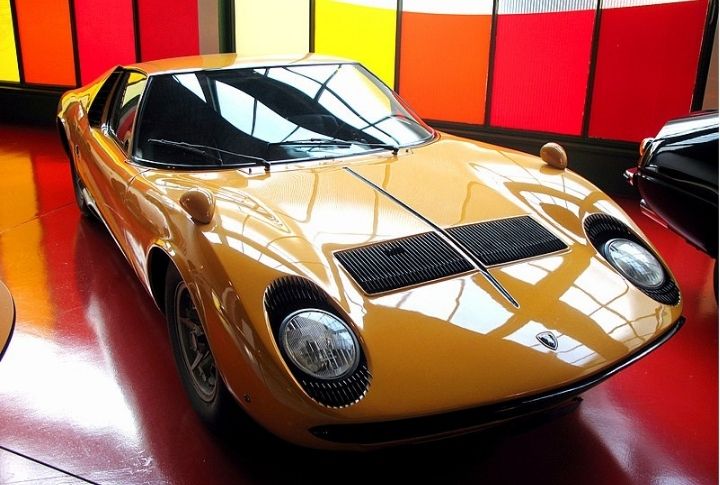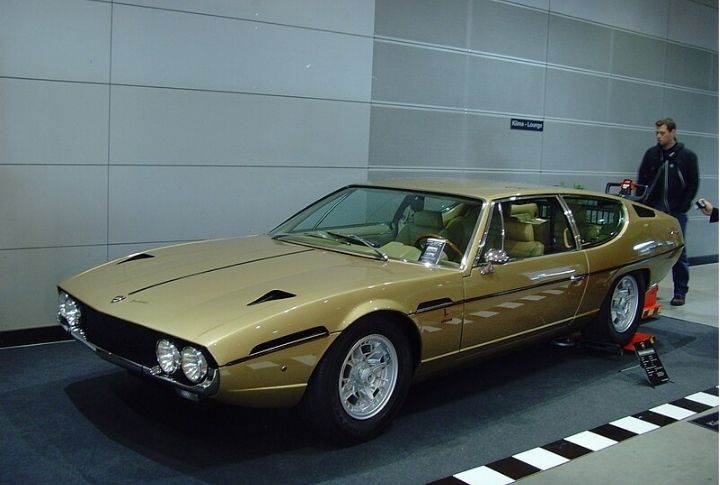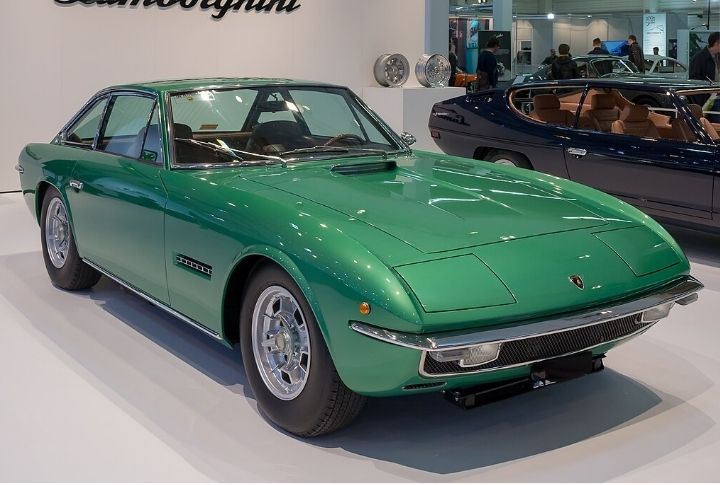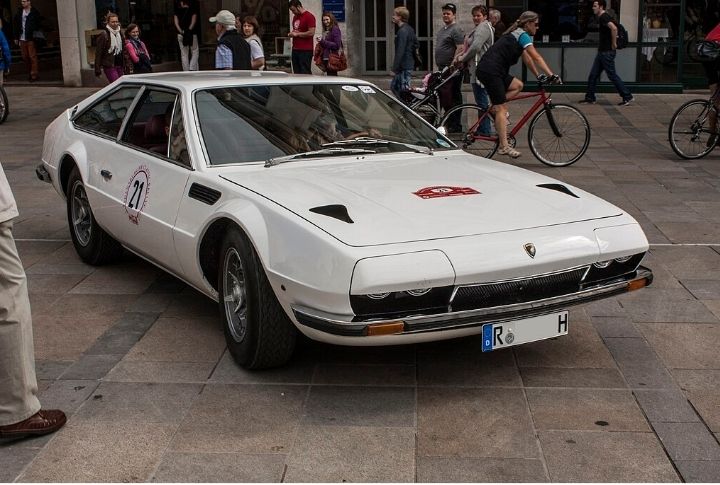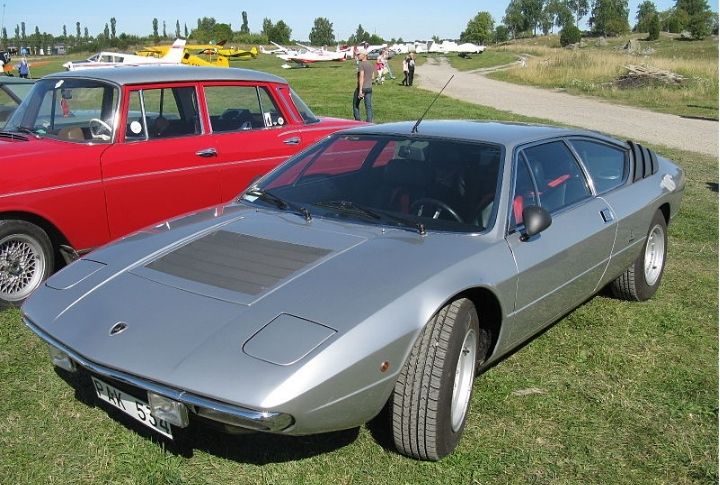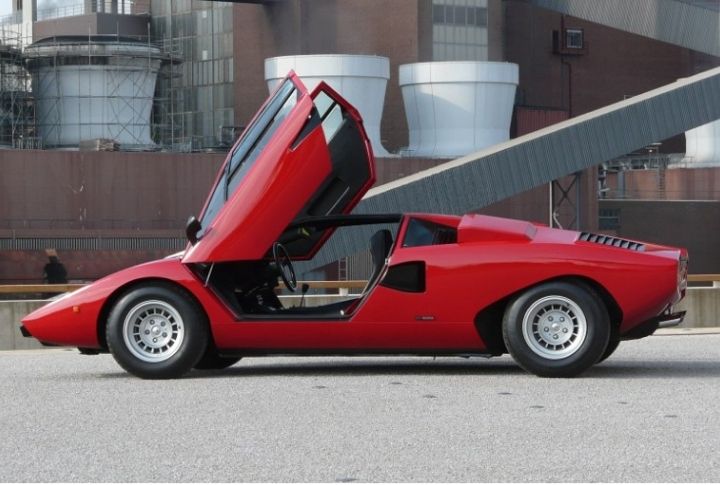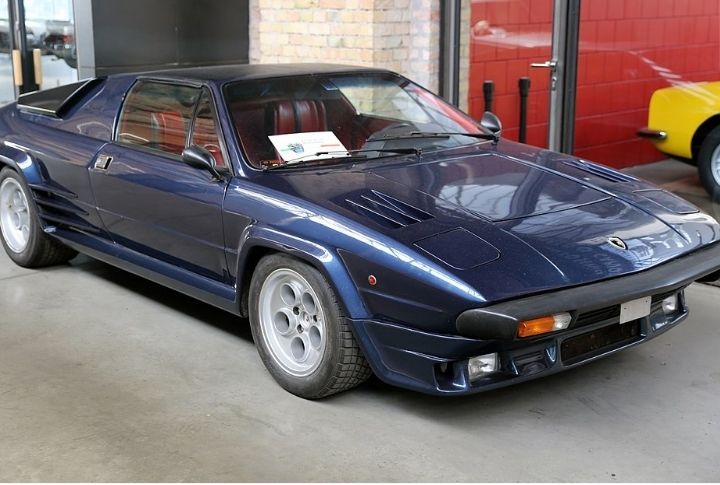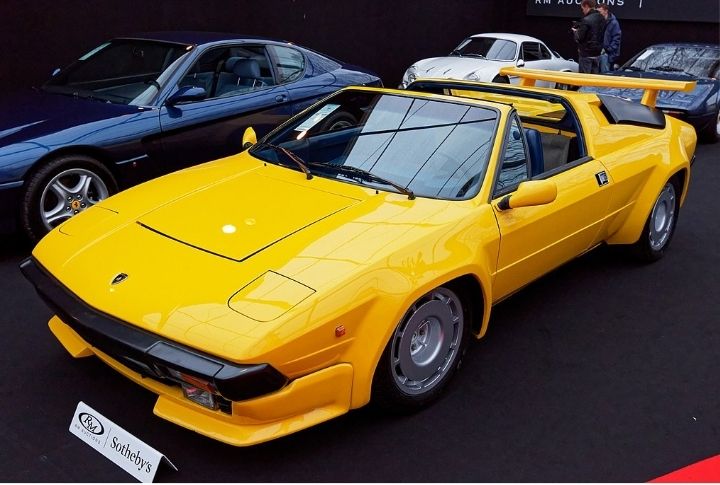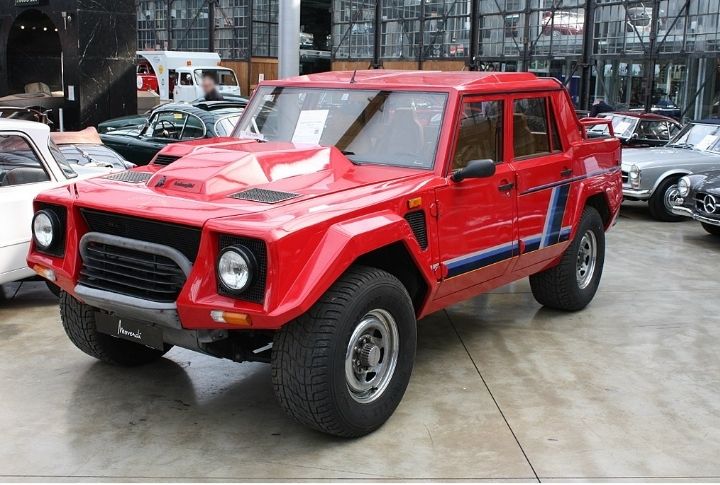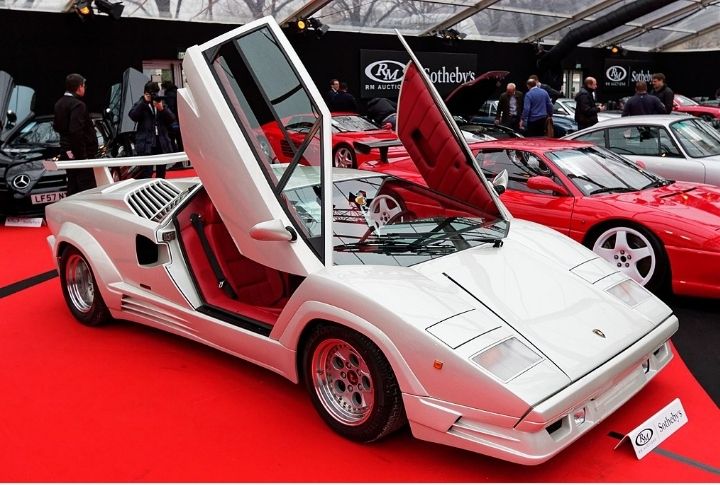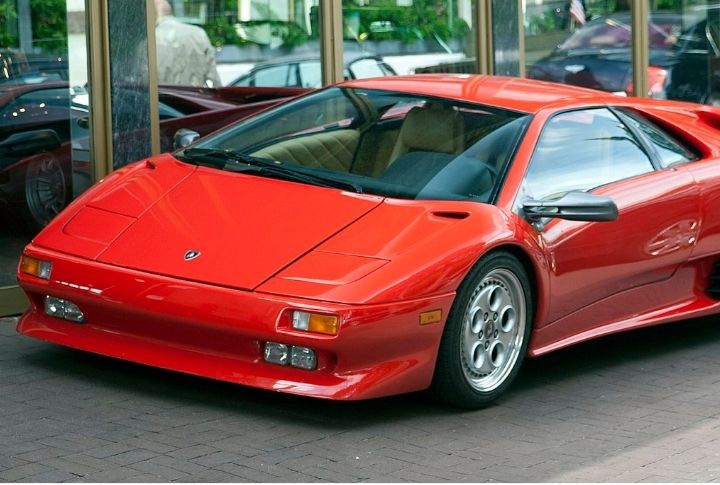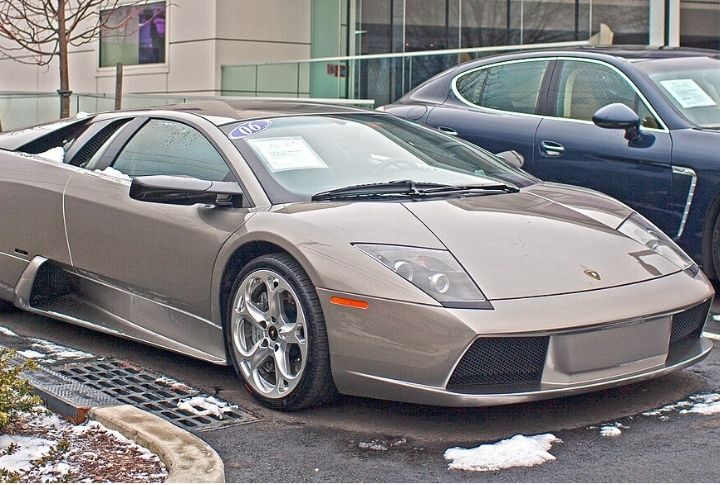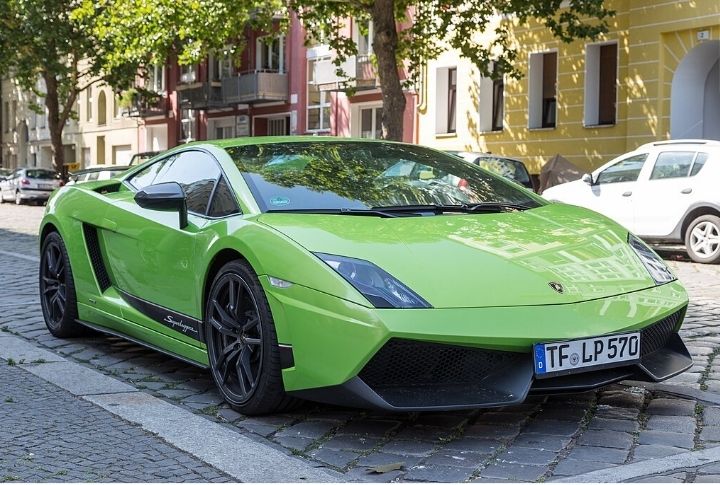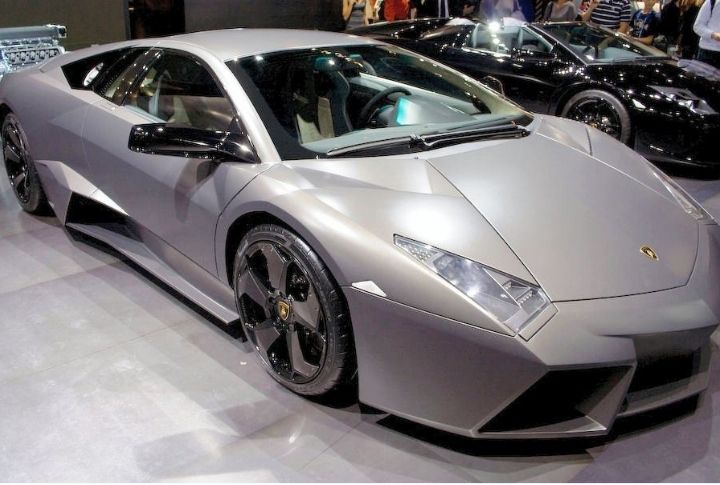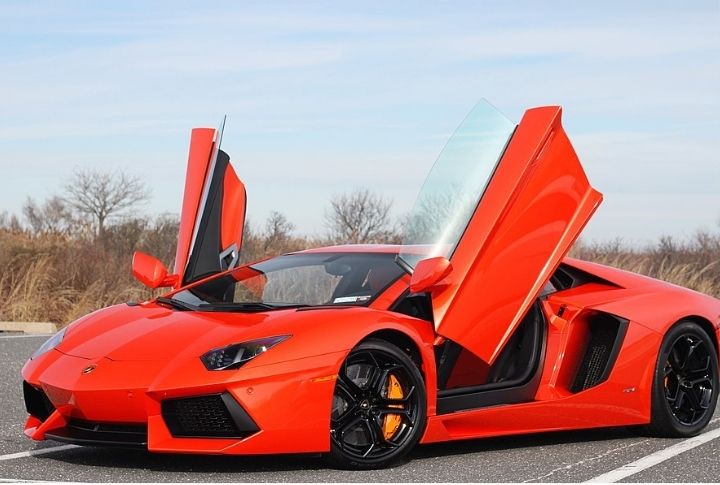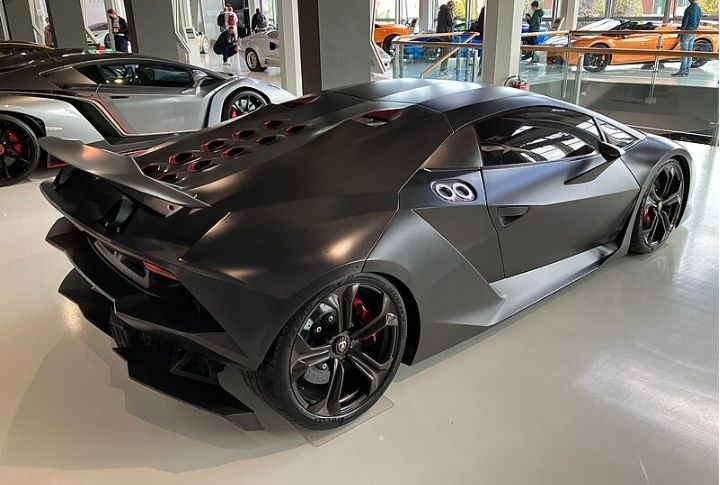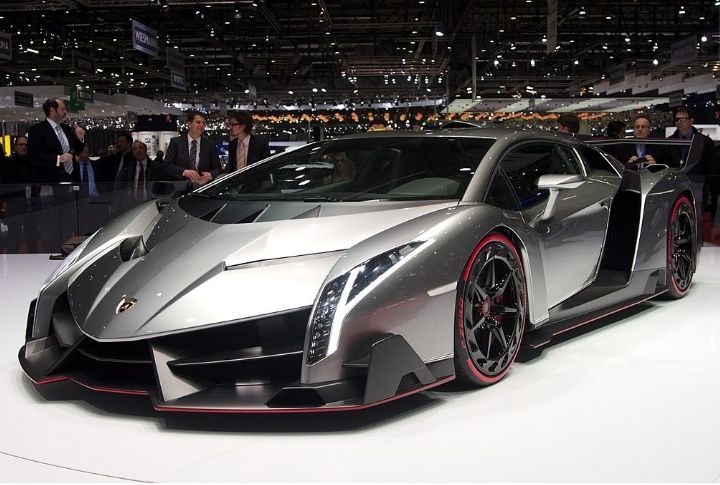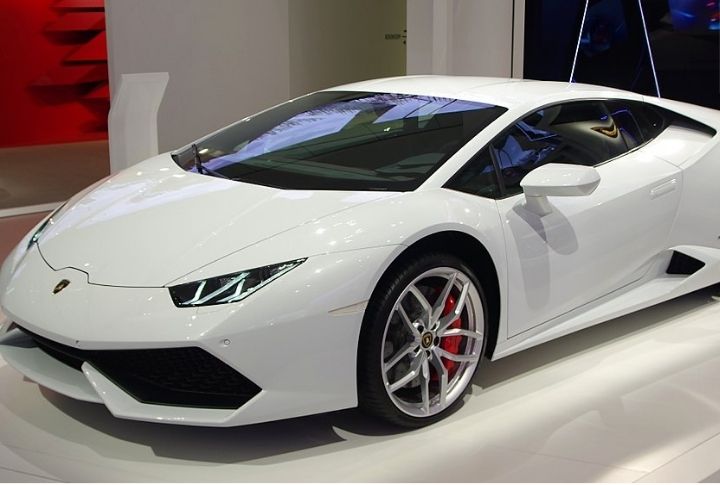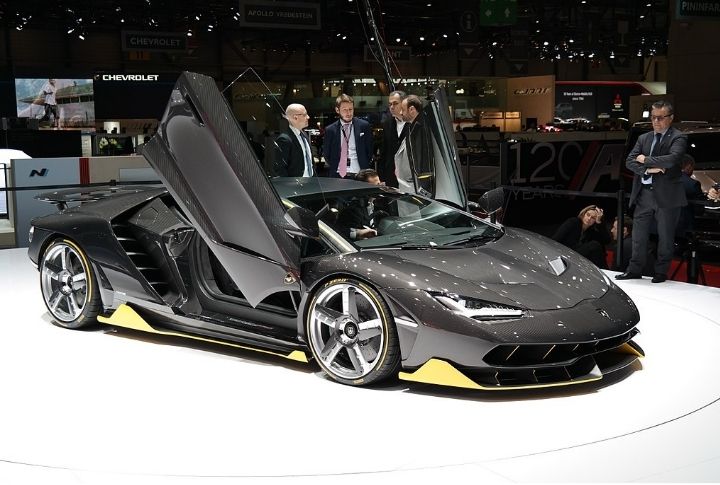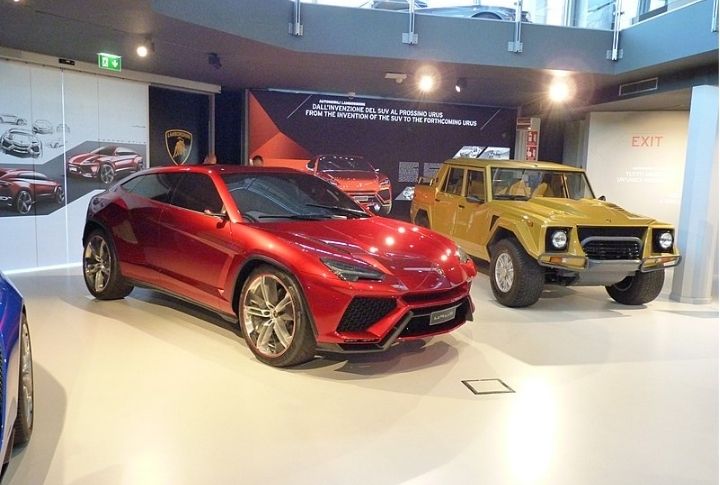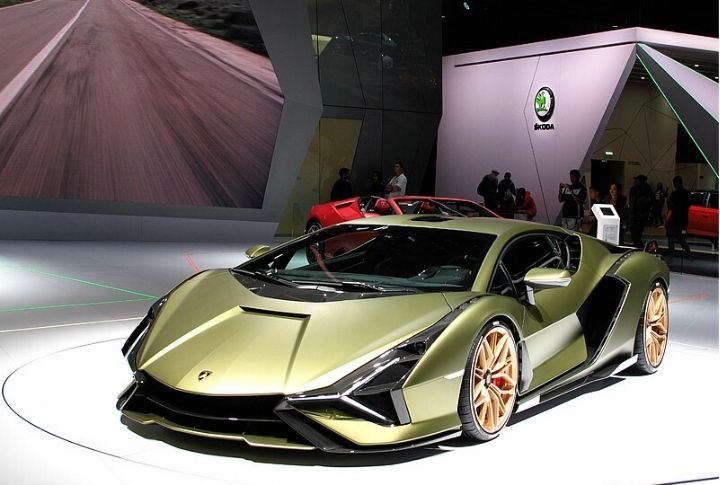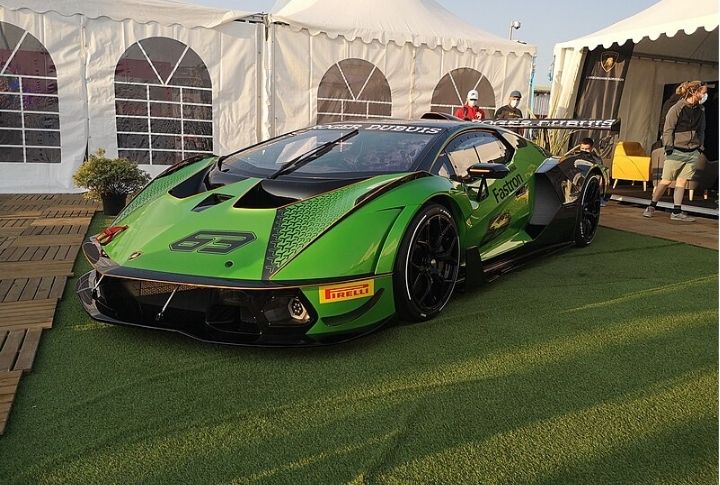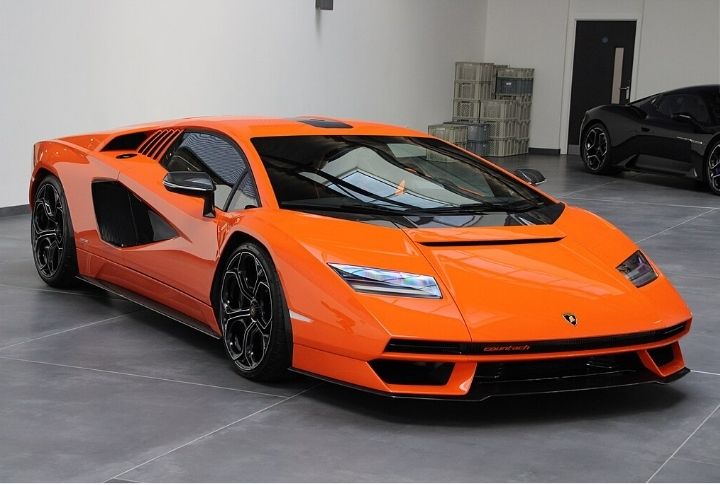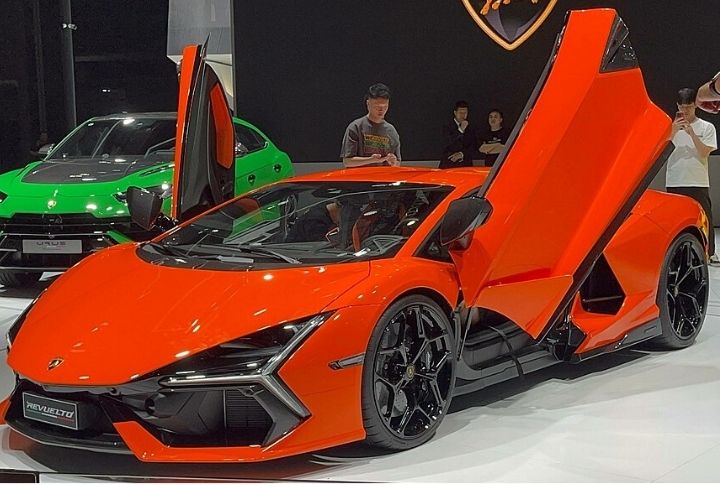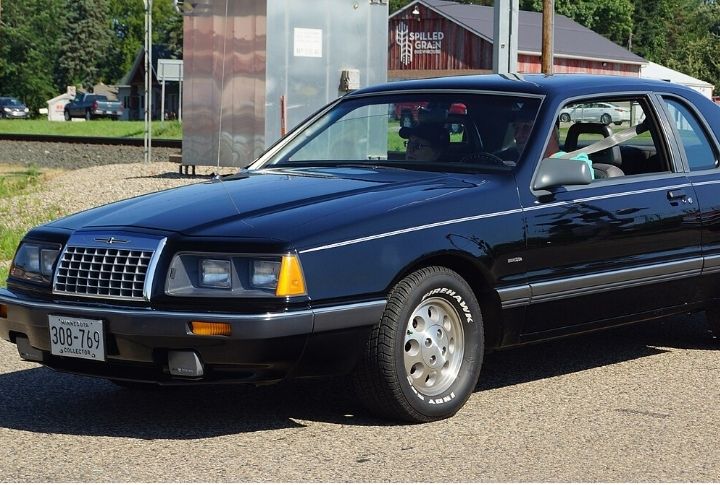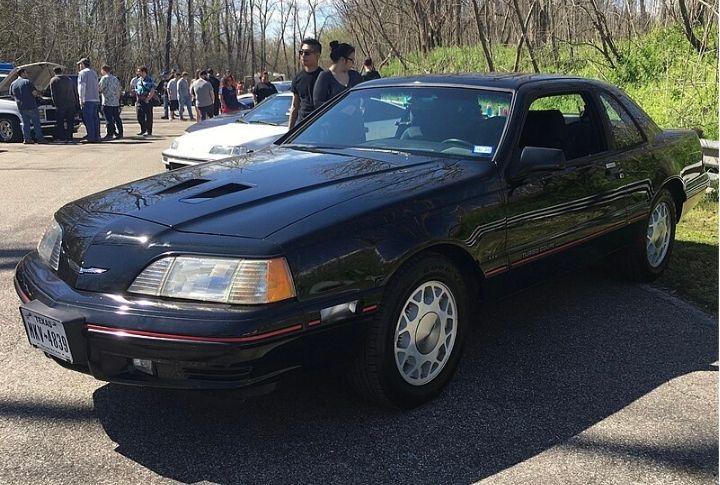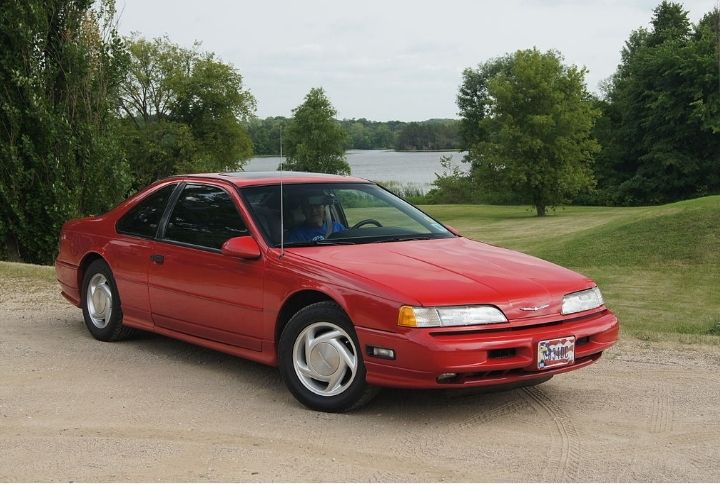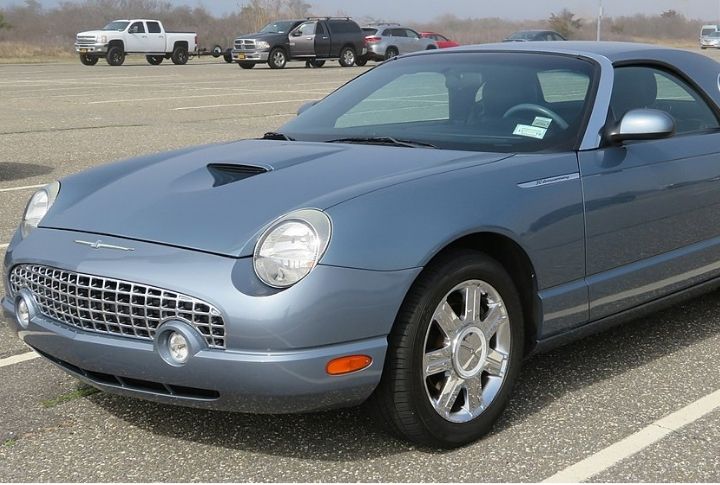Chinese EV maker NIO launched the first EV under its new mass-market Onvo brand Wednesday. The new Onvo L60 electric SUV will rival Tesla’s best-selling Model Y at a cheaper starting price. Starting at just $30,500 (219,900 yuan), can NIO’s new electric SUV compete with the Model Y?
Meet the NIO Onvo L60, the latest Tesla Model Y rival
NIO CEO William Li launched the new Onvo brand Wednesday, introducing its first vehicle, the L60 SUV. Li said the new EV will rival Toyota’s RAV4 and Tesla’s top-selling Model Y as a family car.
“Defining a new standard for family cars,” according to NIO, the L60 has a pre-sale price of just $30,500 (219,900 yuan).
NIO compared its new electric SUV to the Tesla Model Y, saying it has better energy consumption (12.1 kWh/100km vs. 12.5 kWh/100km) under the same CLTC conditions.
At 4,828 mm long, 1,930 mm wide, and 1,616 mm tall, the Onvo L60 will directly rival the Model Y (4,750 mm long X 1,921 mm wide X 1,624 mm tall).
Starting at 219,900 yuan ($30,500), NIO’s new mass-market electric SUV undercuts the Model Y, which starts at 249,900 yuan ($34,600) in China.
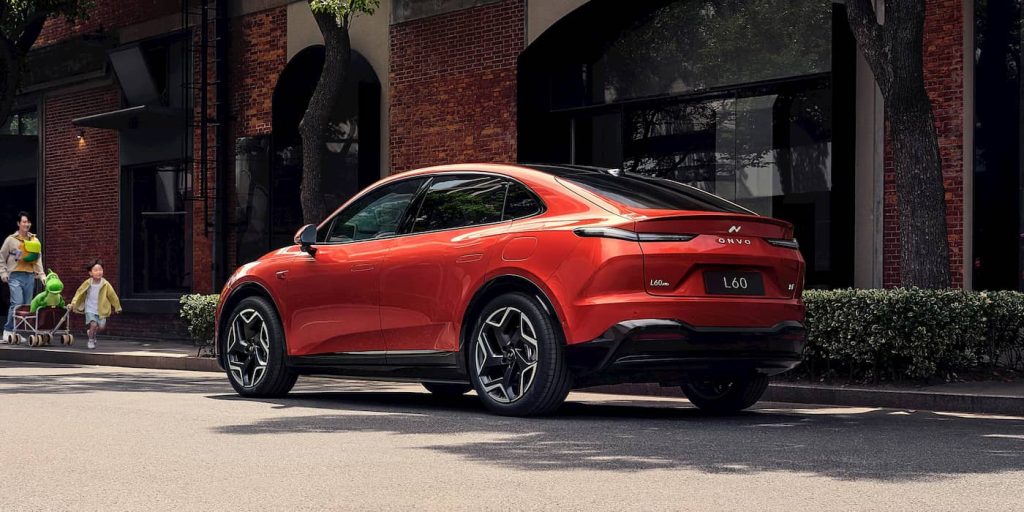 NIO Onvo L60 electric SUV (Source: NIO)
NIO Onvo L60 electric SUV (Source: NIO)
The new mass-market electric SUV on the block
The electric SUV has three battery pack options. The base 60 kWh variant features 555 km (345 mi) CLTC range, while the 90 kWh and 150 kWh models offer up to 730 km (454 mi) and over 1,000 km (621 mi) CLTC range, respectively.
| NIO Onvo L60 vs Tesla Model Y trims | Range (CLTC) |
Starting Price |
| NIO Onvo L60 (60 kWh) | 555 km (341 mi) | 219,900 yuan ($30,500) |
| NIO Onvo L60 (90 kWh) | 730 km (454 mi) | TBD |
| NIO Onvo L60 (150 kWh) | +1,000 km (+621 mi) | TBD |
| Tesla Model Y RWD | 554 km (344 mi) | 249,900 yuan ($34,600) |
| Tesla Model Y AWD Long Range | 688 km (427 mi) | 290,900 yuan ($40,300) |
| Tesla Model Y AWD Performance | 615 km (382 mi) | 354,900 yuan ($49,100) |
In comparison, the base RWD Tesla Model Y gets up to 554 km (344 mi) CLTC range. The AWD Long Range Model Y (290,900 yuan) and AWD Performance trims (354,900 yuan) get up to 688 km and 615 km CLTC cruising range, respectively.
Although full details are yet to be released, the L60, equipped with NIO’s in-house 900V platform, is expected to feature ultra-fast charging capabilities.
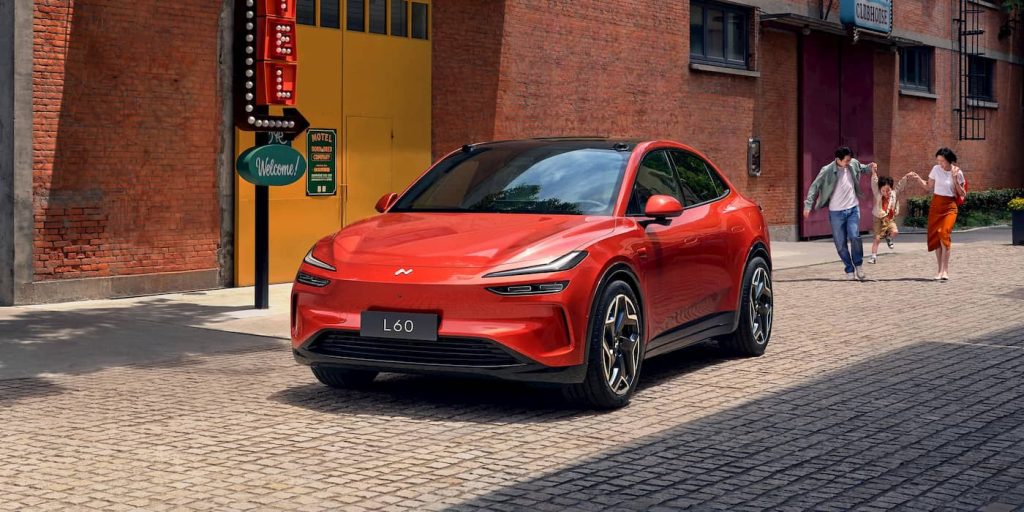 NIO Onvo L60 electric SUV (Source: NIO)
NIO Onvo L60 electric SUV (Source: NIO)
Onvo owners will have access to NIO’s expanding (+1,000) battery swap and public fast charging network (+25,000).
A Reuters report last week claimed NIO made a deal with BYD to source batteries for its new Onvo brand. Two sources said BYD will join CATL to supply a smaller battery pack for its new EV. Meanwhile, CALB will provide the 85 kWh battery pack.
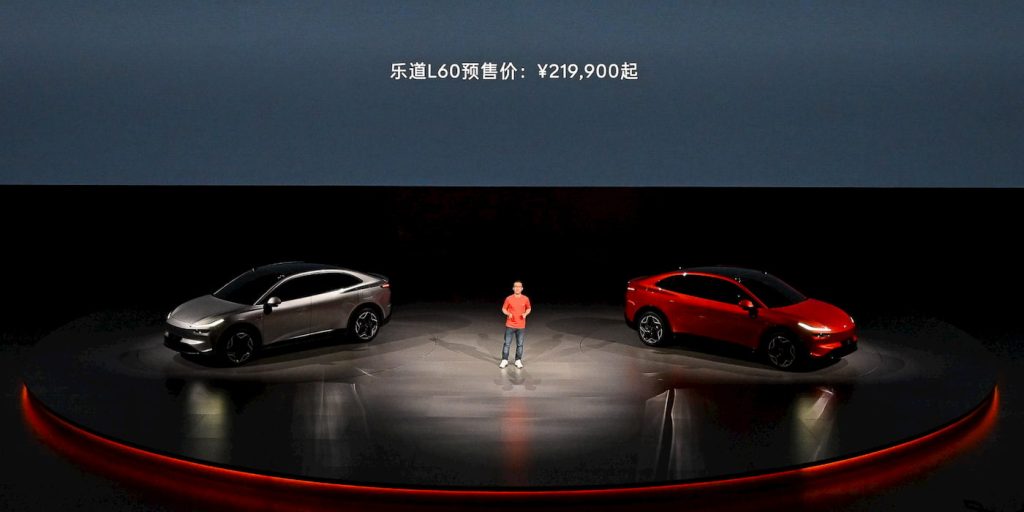 NIO Onvo L60 electric SUV launch event (Source: NIO)
NIO Onvo L60 electric SUV launch event (Source: NIO)
However, when contacted by Reuters, NIO said the information was “inaccurate” without elaborating. Check back for more info soon as NIO’s new mass-market Onvo brand hits the market.
Electrek’s Take
NIO is the latest EV maker (or automaker) to launch a new Tesla Model Y competitor. As its best-selling EV, it’s no surprise to see the competition looking to snag a piece of the market.
BYD launched its Sea Lion 07 last week, its “smart mid-size electric SUV,” starting at just 189,800 ($26,250). As the first EV based on its new e-Platform 3.0 Evo, the base Standard model gets up to 550 km (341 mi) CLTC range. For 199,800 ($27,625), the Long Range variant gets up to 610 km (379 mi) range.

